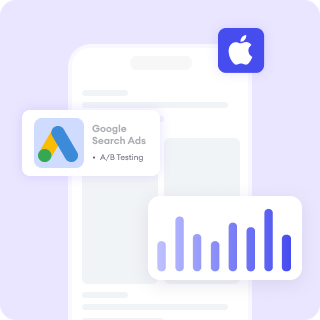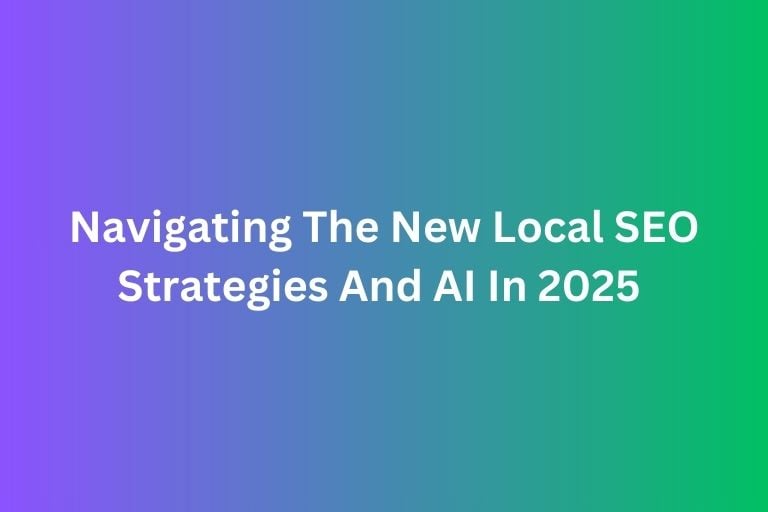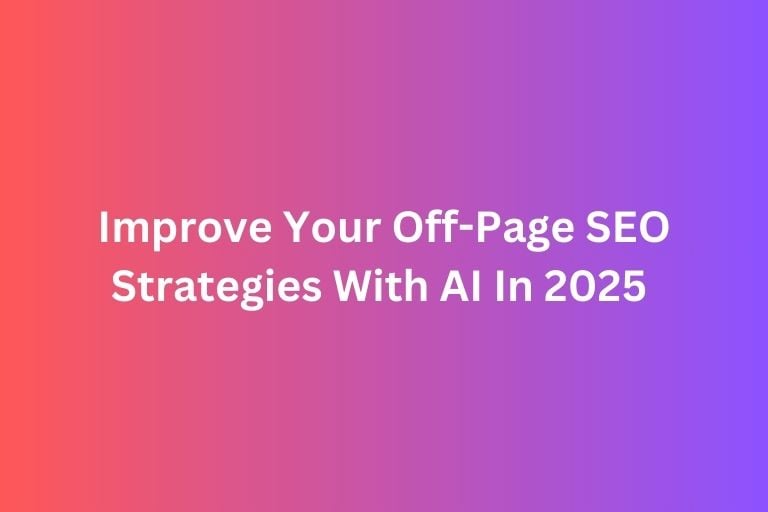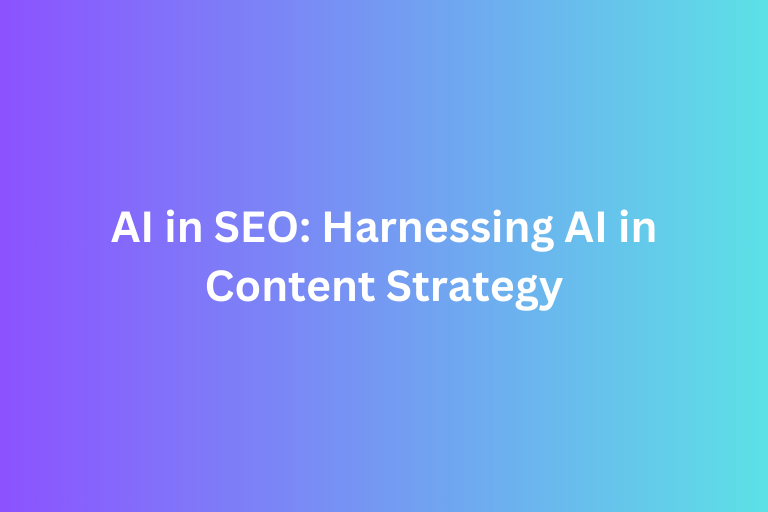If you’ve started exploring the world of digital marketing, you’ve likely come across the term SEO, or Search Engine Optimization. It’s the practice of enhancing your website to make it more visible to search engines like Google, ultimately driving more traffic to your pages.
But SEO isn’t a one-size-fits-all approach. There are different types of SEO, each serving a unique purpose in helping your website perform better.
By understanding these types and how they work together, you can create a strategy tailored to your business goals.
In this article, we will learn different types of SEO including what is On-page SEO, Off-page SEO, Technical SEO, Local SEO, and more!
Let’s break it down step by step.
1. On-Page SEO
What is On-Page SEO?
On-page SEO involves optimizing the content and structure of individual web pages to make them more search-engine-friendly. It ensures that search engines understand what your page is about while providing value to your visitors.
Learn more: SEO Basic: What Is On-Page SEO?
Key Elements of On-Page SEO:
- Keyword Optimization: Use relevant keywords strategically in your headings, subheadings, and body text.
- Meta Tags: Optimize meta titles and descriptions to entice users to click on your page from search results.
- Content Quality: Create valuable, engaging, and unique content that answers user queries.
- Image Optimization: Add alt text to images for accessibility and include keywords when appropriate.
- Internal Linking: Link to other pages on your site to improve navigation and distribute link equity.
Benefits of On-Page SEO:
- Helps search engines rank your pages for relevant keywords.
- Enhances user experience with clear, organized, and useful content.
- Boosts click-through rates with compelling titles and descriptions.
Example: A blog post titled “Best Coffee Shops in NYC” optimized with keywords, descriptive headings, and quality content is more likely to rank higher and attract coffee enthusiasts.
2. Off-Page SEO
What is Off-Page SEO?
Off-page SEO focuses on actions taken outside of your website to boost its authority, trustworthiness, and relevance. It’s like networking for your site where it involves getting other reputable websites and platforms to vouch for you.
Learn more: SEO Basic: What Is Off-Page SEO?
Key Elements of Off-Page SEO:
- Backlinks: Links from other websites pointing to yours. The higher the authority of the linking site, the better.
- Social Media Engagement: Sharing your content on social platforms can amplify reach and drive traffic.
- Brand Mentions: Even unlinked mentions of your brand signal credibility to search engines.
Benefits of Off-Page SEO:
- Builds your site’s authority and trustworthiness in the eyes of search engines.
- Drives referral traffic from other sites and platforms.
- Improves rankings for competitive keywords by signaling relevance and credibility.
Pro Tip: Focus on earning backlinks naturally by creating high-quality, shareable content that others want to link to.
Learn more: How To Mastering Outreach Marketing In SEO
Learn more: How To Analyze Backlink Quality
3. Technical SEO
What is Technical SEO?
Technical SEO involves optimizing your website’s infrastructure to ensure it’s easy for search engines to crawl and index. This type of SEO ensures your site runs smoothly and is technically sound.
Key Elements of Technical SEO:
- Site Speed: Ensure fast-loading pages for a better user experience.
- Mobile Friendliness: Optimize your site for mobile devices, as mobile traffic now accounts for over half of all web traffic.
- Secure Website (HTTPS): A secure connection is essential for both SEO and user trust.
- Sitemap and Robots.txt: Help search engines navigate and understand your site structure.
Benefits of Technical SEO:
- Improves user experience, leading to lower bounce rates.
- Ensures search engines can properly index your site, boosting visibility.
- Supports other SEO efforts by creating a solid foundation.
Why it Matters: A technically optimized website is like a clean, well-organized library—easy to navigate for users and search engines alike.
4. Local SEO
What is Local SEO?
Local SEO is focused on optimizing your online presence for location-based searches, making it perfect for businesses with a physical location or those serving a specific area.
Key Elements of Local SEO:
- Google Business Profile: Claim and optimize your listing with accurate business details, photos, and reviews.
- Local Keywords: Include location-specific terms in your content (e.g., “best Italian restaurant in Chicago”).
- Customer Reviews: Encourage positive reviews on Google and other platforms to build trust and visibility.
Benefits of Local SEO:
- Drives foot traffic and local online inquiries to your business.
- Increases visibility in “near me” and geographically specific searches.
- Helps you stand out in local search results and map listings.
Example: A plumber in Austin who optimizes for “plumber in Austin” will show up when someone nearby searches for plumbing services.
5. E-Commerce SEO
What is E-Commerce SEO?
E-commerce SEO is tailored to the unique needs of online stores, focusing on making product pages and categories visible in search engines.
Key Elements of E-Commerce SEO:
- Product Descriptions: Write detailed, keyword-rich descriptions for your products.
- User-Friendly URLs: Create clear and descriptive URLs (e.g., “/mens-running-shoes”).
- Product Reviews and Ratings: Display reviews to build trust and enhance rankings.
Benefits of E-Commerce SEO:
- Attracts shoppers actively searching for products you sell.
- Boosts conversions by driving high-intent traffic to your store.
- Enhances user experience with organized categories and detailed information.
Pro Tip: Use schema markup to add rich snippets like star ratings, prices, and stock availability in search results.
6. Content SEO
What is Content SEO?
Content SEO is the practice of creating high-quality, optimized content that satisfies user intent and attracts organic traffic.
Key Elements of Content SEO:
- Answering User Questions: Create content that directly answers popular queries in your niche.
- Long-Form Content: Write in-depth articles on complex topics to establish authority.
- Content Refreshing: Regularly update old posts to keep them relevant and useful.
Benefits of Content SEO:
- Drives organic traffic by targeting keywords and answering user queries.
- Builds brand authority and trust through valuable insights.
- Encourages social sharing and backlinks, amplifying your reach.
7. Enterprise SEO
What is Enterprise SEO?
This type of SEO is tailored for large-scale websites with hundreds or thousands of pages, such as e-commerce platforms, news outlets, and enterprise-level organizations.
Key Elements of Enterprise SEO:
- Automated Solutions: Use tools to manage optimization at scale.
- Content Consistency: Ensure branding and messaging align across pages.
- Competitor Analysis: Stay ahead in competitive markets with ongoing analysis and adjustments.
Benefits of Enterprise SEO:
- Helps large sites maintain visibility across thousands of keywords.
- Ensures smooth operations even with extensive content and data.
- Scales SEO efforts for long-term growth and visibility.
Which Type of SEO Should You Focus On?
The type of SEO you prioritize depends on your goals. For example, Are you launching a small blog? You should start with On-Page SEO and Content SEO. If you are running a brick-and-mortar business? Local SEO is your best bet. For e-commerce, focus on E-Commerce SEO to optimize your store.
Ultimately, these SEO types work best when combined. Like pieces of a puzzle, they come together to create a comprehensive strategy that drives traffic, boosts visibility, and grows your brand. Feel free to try and utilize different types of SEO for your site to get the best result!
Improve your website performance with FoxAdvert!
If you are looking forward on how to improve your website performance, our professional team of SEO experts at FoxAdvert can help you. Contact us today to start your journey 😊











